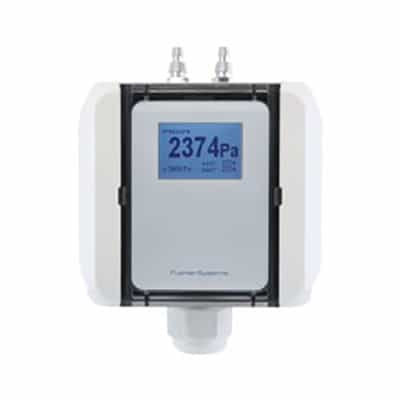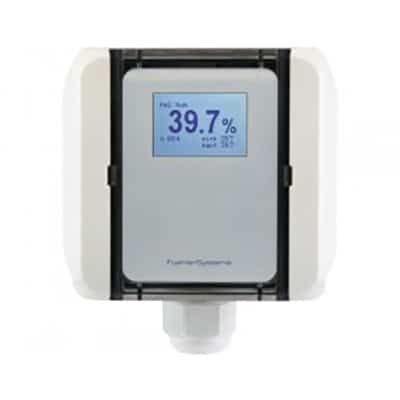This heavy duty solenoid valve is suitable for Ammonia, R-12, R-22, and R-502, other refrigerants, certain oils and other fluids approved for use in refrigeration. The S7A is a pilot operated, positive lift, cast iron bodied valve. The valve may be opened by means of the manual opening stem for servicing or in case of electrical power failure. The Type S7A Solenoid Valve is furnished with FPT Internal NPT (U.S. Standard Taper Pipe Thread), Socket Weld, Weld Neck or ODS (solders over copper tubing of given diameter) connections. The valve may be easily removed from between the flanges for servicing. It is advisable to install a strainer upstream of each valve to prevent entrance of foreign material into the valves and the rest of the system. Refrigerating Specialties strainers are available to close-couple to valve inlets.
Type S7A is a very versatile valve that may be used in most liquid, hot gas, or suction lines. This valve is also suited for applications requiring no pressure drop to hold the valve open.
The Type S7A is a pilot operated, positive lift, solenoid valve. Operation is as follows: The valve, in its closed position, with the solenoid coil de-energized and the plunger needle in its seated position. Electrical energization of the solenoid coil forms a magnetic field pulling up the plunger which strikes the needle, lifting it off its seat. This permits flow of the trapped refrigerant from the top of the piston which reduces pressure above the piston. The piston is then forced upward by the upstream pressure acting on the piston-main valve.
This opens the valve port to allow flow through the valve. The piston-main valve is then held up magnetically by the plunger-needle assembly and no pressure drop is required to keep the valve open. If no pressure difference across the valve is present when the solenoid coil is energized, the piston-main valve is lifted off the seat by the plunger-needle assembly, opening the valve. De-energization of the solenoid coil permits the spring-assisted needle to drop back into its seat, stopping the flow through the pilot port. The pressure above and below the piston-main valve is equalized through the bleed hole in the piston. The weights of the plunger-needle and the piston-main valve assembly cause the piston-main valve to drop to its seat and stop the flow. The pressure difference across the valve, acting upon the area of the valve seat, holds the piston-main valve in a tightly closed position.
- Standard Coil Housing MeetsNEMA 3R and NEMA 4-Rain Tight
- Coil Housing Surpasses NEMA Salt Spray Test
- Molded Class "B" Coil Construction
- Pilot Light Available
- Stainless Steel Needle
- Manual Opening Stem
- MOPD and MRP: 21 bar (300 PSIG)
- Positive Lift, Held Open Electrically






